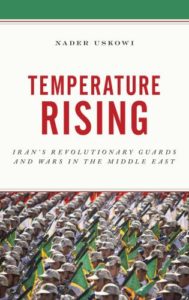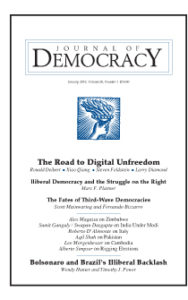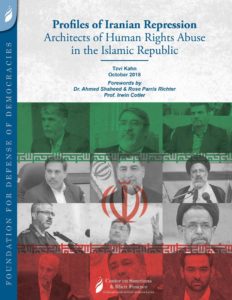 Next week, the Islamic Republic of Iran will mark the 40th anniversary of the popular overthrow of its pro-Western monarch, Mohammad Reza Shah Pahlavi, the Atlantic Council writes. Iran will be marking this anniversary in an atmosphere of renewed sanctions, domestic protests and uncertainty about US policy in the Middle East.
Next week, the Islamic Republic of Iran will mark the 40th anniversary of the popular overthrow of its pro-Western monarch, Mohammad Reza Shah Pahlavi, the Atlantic Council writes. Iran will be marking this anniversary in an atmosphere of renewed sanctions, domestic protests and uncertainty about US policy in the Middle East.
During months of increasingly violent protests, Iranians chanted “Death to the Shah,” but now protesters call for “Death to Dictator” during demonstrations against economic hardships they blame on President Hassan Rouhani, Supreme Leader Ayatollah Ali Khamenei and the Revolutionary Guards, who have extensive business interests, Reuters reports:
 Prices of bread, cooking oil and other staples have soared and the value of the rial currency has plunged. In January, Rouhani said Iran is facing its worst economic crisis since the Shah was toppled. The World Bank anticipates inflation in Iran jumping to 23.8 percent in 2018-19 from 9.6 percent in 2017-18, and to 31.2 “”percent in 2019-20.
Prices of bread, cooking oil and other staples have soared and the value of the rial currency has plunged. In January, Rouhani said Iran is facing its worst economic crisis since the Shah was toppled. The World Bank anticipates inflation in Iran jumping to 23.8 percent in 2018-19 from 9.6 percent in 2017-18, and to 31.2 “”percent in 2019-20.
Last year, Iran cracked down on protests over poor living standards in over 80 cities and towns that posed the most serious challenge to its clerical leadership since the 2009 revolt. Khamenei blamed “enemies of the Islamic Republic”.
The Iranian Revolution is a story of unfulfilled promises, missed opportunities, inept governments, and the enduring suspicion of foreign powers, notes Haleh Esfandiari, Director emerita and fellow in the Middle East Program at the Woodrow Wilson International Center for Scholars in Washington, D.C. “Instead of democracy, Iranians ended up with autocracy. Instead of accountable government, they ended up with corruption and cronyism,” she tells Carnegie’s Michael Young. “Human rights and women’s and minority rights were all sacrificed in the name of religion. Instead of peace, Iranians got the hugely destructive eight-year Iran-Iraq war.”
Khomeini (1902–89), rode to power in 1979 at the head of a large and inclusive coalition, notes Ladan Boroumand. His  supporters came from many backgrounds and represented a range of ideological inclinations, she writes for the NED’s Journal of Democracy:
supporters came from many backgrounds and represented a range of ideological inclinations, she writes for the NED’s Journal of Democracy:
Yet Khomeini’s rule unleashed an implacable dynamic of exclusion that was inherent in his theocratic project. Once he took over, exclusionary wave followed exclusionary wave. The non-Islamist elements of his coalition were the first to go. Then the revolution began to eat its own, as Khomeini purged hard-core Islamists who had been among the very architects of the theocratic regime, but who had become political liabilities.
The Atlantic Council’s Future of Iran Initiative and the Center for Strategic & Diplomatic Studies at the University of South Florida invite you to a conference on Feb. 12 that aims to examine the legacy and trajectory of the Iranian revolution and its impact on a tumultuous region.
 Over a dozen speakers will discuss the legacy of the Iranian Revolution, the evolution of its domestic and foreign policies, as well as the state of the economy, among other issues of importance to the US and Iran. Speakers include Vali Nasr, Randa Slim, Derek Harvey, Haleh Esfandiari, Adnan Mazarei, and others. Click here to view the full agenda and list of speakers.
Over a dozen speakers will discuss the legacy of the Iranian Revolution, the evolution of its domestic and foreign policies, as well as the state of the economy, among other issues of importance to the US and Iran. Speakers include Vali Nasr, Randa Slim, Derek Harvey, Haleh Esfandiari, Adnan Mazarei, and others. Click here to view the full agenda and list of speakers.
DATE: Tuesday, February 12, 2019 TIME: 9:00 a.m. – 4:00 p.m.
LOCATION: Atlantic Council, 1030 15th Street NW, 12th floor, Washington, DC 20005.







